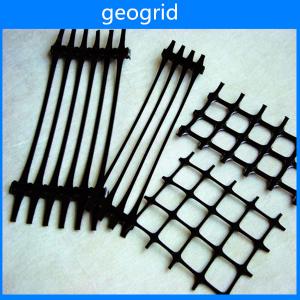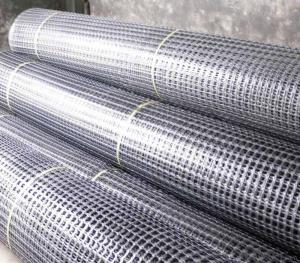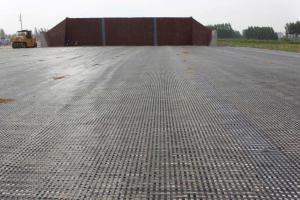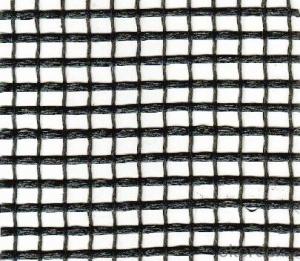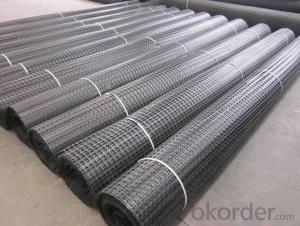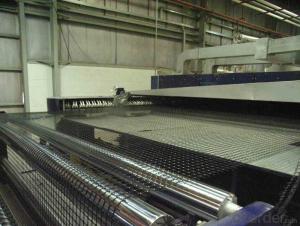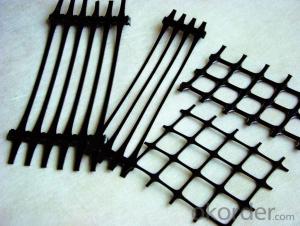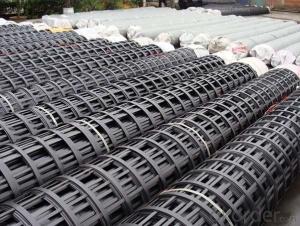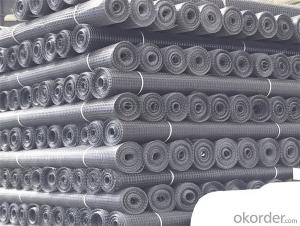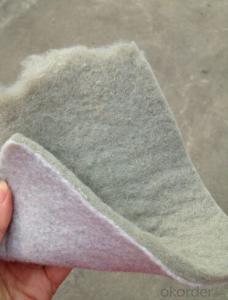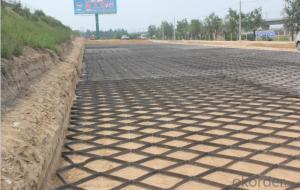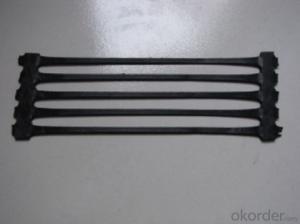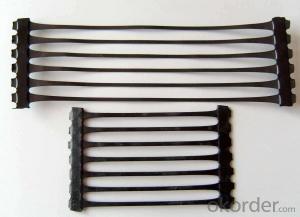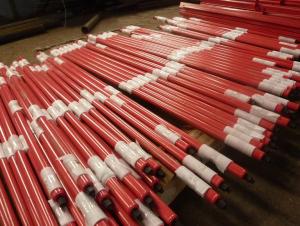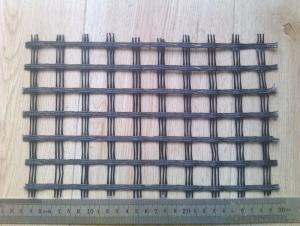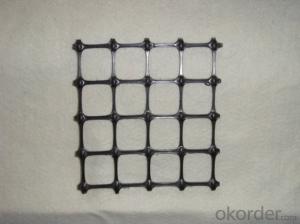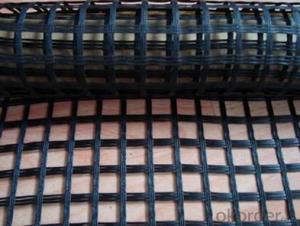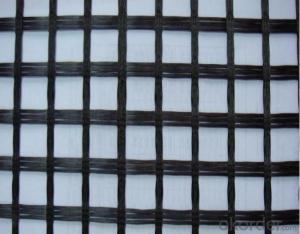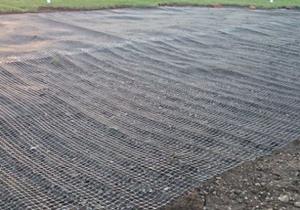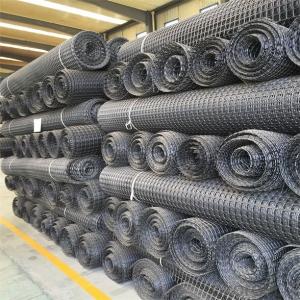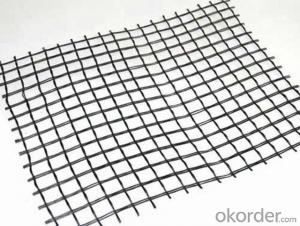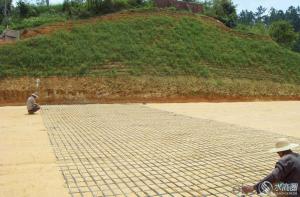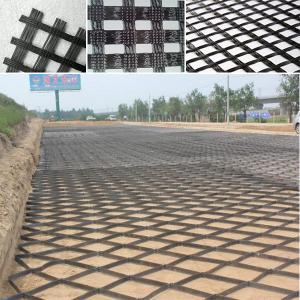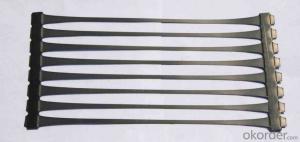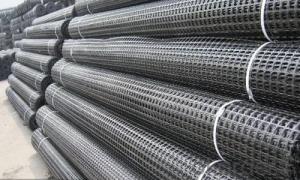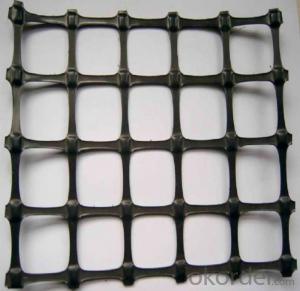Geogrid Stabilization
Geogrid Stabilization Related Searches
Geogrid Slope Stabilization Geogrid Ground Stabilisation Geogrid Subgrade Stabilization Base Stabilization Geogrid Geogrid For Soil Stabilization Geogrid For Road Stabilization Geogrid Stiffness Geogrid Placement Geogrid Strength Geogrid Base Reinforcement Geogrid Pavement Reinforcement Geogrid Erosion Control Geogrid Construction Synthetic Geogrid Structural Geogrid Geogrid Retaining Walls Geogrid Pavement Erosion Control Geogrid Retaining Wall Geogrid Slope Reinforcement Geogrid Geogrid On Slope Laying Geogrid Geogrid Asphalt Reinforcement Geogrid-Reinforced-Soil Geogrid Reinforced Slope Composite Geogrid Geogrid Paving Geogrid Pullout Resistance Bidirectional Geogrid Geogrid InstallationGeogrid Stabilization Supplier & Manufacturer from China
Geogrid Stabilization is a type of geosynthetic material used in civil engineering and construction projects to enhance the performance and stability of soil structures. These products are designed to provide reinforcement and reinforcement to various types of soil, allowing for the construction of roads, slopes, and retaining walls with improved load-bearing capacity and reduced deformation.Geogrid Stabilization products are widely used in a variety of applications, including road construction, railway embankments, slope stabilization, and retaining wall reinforcement. By incorporating these geogrids into the soil, engineers can achieve better soil structure interaction, increased load distribution, and reduced maintenance costs over time. This makes Geogrid Stabilization an essential component in many large-scale infrastructure projects, providing a cost-effective and reliable solution for soil stabilization and reinforcement.
Okorder.com is a leading wholesale supplier of Geogrid Stabilization products, offering a large inventory of high-quality geosynthetic materials to cater to the needs of various construction and engineering projects. With a commitment to providing top-notch products and exceptional customer service, Okorder.com ensures that customers have access to the Geogrid Stabilization materials they require to complete their projects successfully and efficiently.
Hot Products
